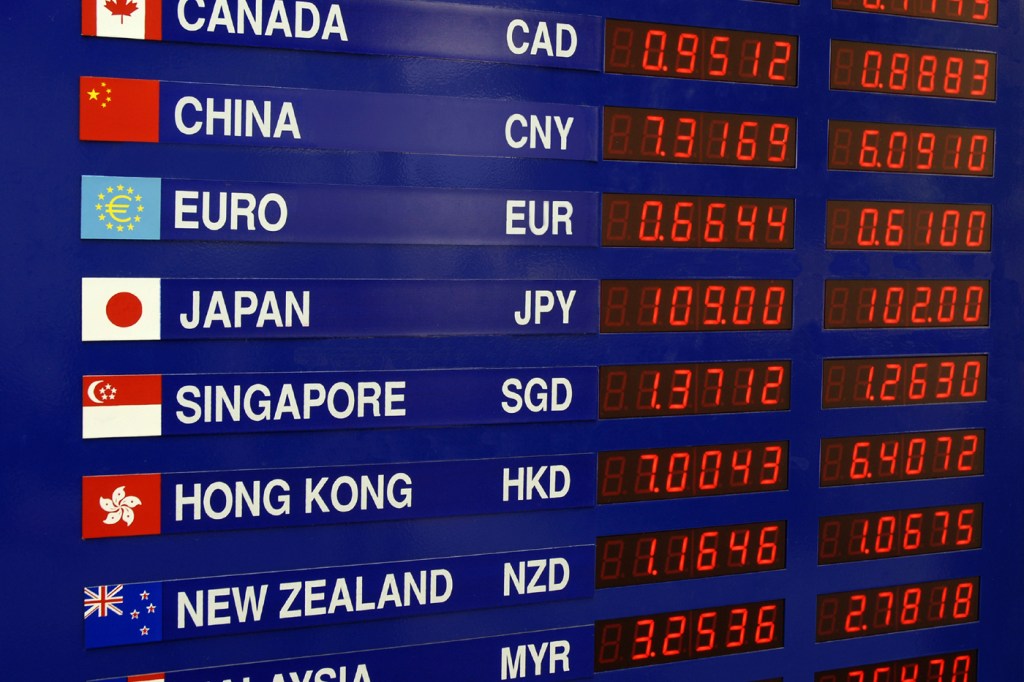US impact of China’s devalued currency

Chinese officials last week announced the devaluation of the country’s currency, the yuan, in a surprise move that some contend is tied to the nation’s slowing economy.
Last week, the yuan was down 4.4 percent against the U.S. dollar, which could have significant impacts on U.S. exports to China, as well as the global economy as a whole.
Traditionally, the yuan’s value is directly linked to the dollar’s value. But this move, according to reports, ties the currency’s value more to the market—the more common practice for setting currencies’ values.
Here, Kamran Dadkhah, an associate professor of economics at Northeastern University with expertise in international economics, describes the devaluation process and what it could mean for the U.S. economy.

Kamran Dadkhah, associate professor of economics. Photo by Mary Knox Merrill/ for Northeastern University
A currency devalued
“In very simple terms, let’s say that 6.4 yuan buys a U.S. dollar,” Dadkhah explained. “If you devalue the yuan, you have to pay more, say 6.5, yuan to get a dollar.”
As a result, the immediate price of Chinese goods and services will be less for the outside world, while imported goods will become more expensive for Chinese citizens. The depreciation, Dadkhah said, is intended to boost exports and impede imports to improve the country’s balance of trade.
A free exchange rate
The Chinese government would like to see the yuan become more of an international reserve currency, according to Dadkhah, but this won’t happen with its traditional way of setting a value based on the U.S. dollar.
“They want their currency to become an international reserve currency, but that requires a free exchange rate,” he noted. The current depreciation, although small and enacted in response to short term problems, can be considered a first step in freeing the exchange rate.
Basic reform leads to improved results
Dadkhah explained that problems in an economy are not unusual. “It should not be treated like the roof is coming down,” he said. “Indeed, economic growth and economic fluctuations stem from the same elements and activities.”
The issue tends to lie in how officials initiate such reforms. “The problem is when the economy is doing fine, it is difficult to implement reforms, because people believe when something isn’t broken it doesn’t need to be fixed,” said Dadkhah. “But to carry out reforms when the economy isn’t doing well will add to the suffering and may be opposed by those affected.”
One reform Dadkhah said China will have to consider is relying less on exports while encouraging domestic consumption. The country, he added, should also encourage innovation, which seems to be the goal of the government’s planning
The impact on the U.S. economy
The relationship between the U.S. and China is partly based on their dealings in the import-export business, but, Dadkhah said, their financial ties do not end there.
In 2014, the U.S. imported $525 billion worth of goods and services from China and exported $181 billion. China also holds more than $1 trillion—or about seven percent—of the U.S. government bonds.
“A slowdown in the growth of a trading partner and a devaluation of its currency will have repercussions in the U.S. economy and the stock market,” Dadkhah said. “But the repercussions in Asian economies will be stronger.”





